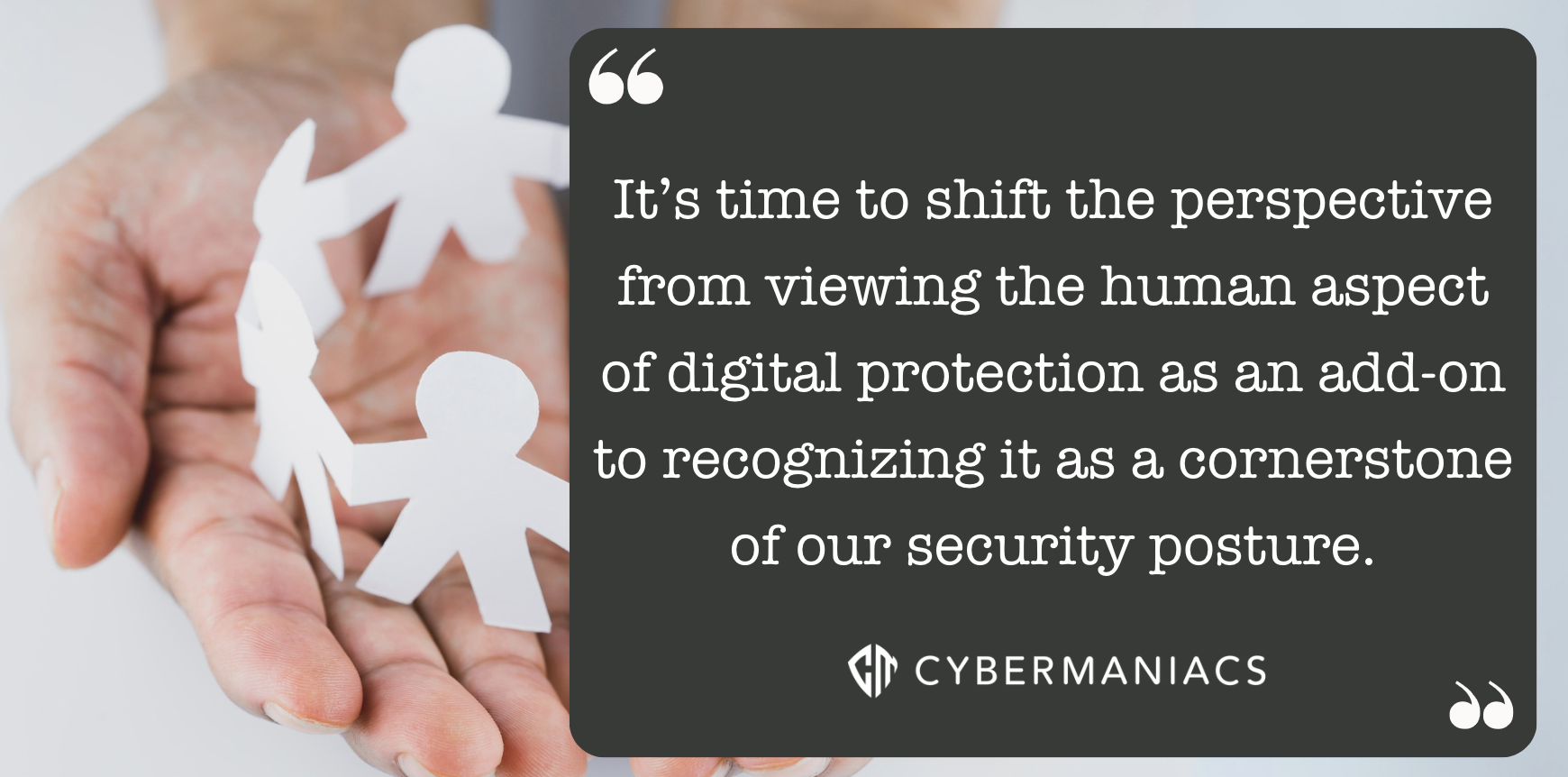The Remote Work Revolution: Navigating Security in a Changing Landscape
The outbreak of COVID-19 reshaped the world in ways we could scarcely have imagined. Beyond its obvious health and social impacts, the pandemic...
The shift in remote and hybrid work has permanently transformed the way companies operate. Once a short-term solution to a global crisis, these work styles have proven their staying power—and their ability to expose organizations to new vulnerabilities. While remote work risk is well-documented, hybrid work introduces a unique set of challenges that require distinct strategies to address.
But what makes hybrid work risk different from purely remote work? Hybrid workers typically navigate two or more environments, such as the office and home, in contrast to fully remote employees, who operate in a single, defined location. The need to seamlessly switch between these setups creates unique pressures, leaving gaps that cybercriminals and operational mishaps can exploit.
Let’s explore three distinct risks of the hybrid workforce:
Hybrid employees juggle multiple workplace environments, unconsciously managing the "rules" or expectations of each. For example, the privacy practices you follow at home (e.g., locking screens, securely storing devices) may differ from those in the office. This continual mental shift can create cognitive overload, leading to lapses in judgment. A hybrid employee might forget to lock a shared office computer or accidentally use a home printer for sensitive company documents, simply because their mental frame hasn’t adjusted to the current setting.
This cognitive burden is especially prevalent for hybrid workers, whose split time demands constant adaptation—unlike salespeople or executives who are primarily “road warriors” or office-only staff, who operate within clearer, more predictable environments.
Hybrid workers often feel disconnected from IT Support teams. When they encounter technical issues, they’re less likely to walk over to a colleague or team member for help, instead relying on faceless, remote support. This makes them prime targets for social engineering scams.
A phishing email claiming to be from the "help desk" may be more convincing when employees lack physical interactions with IT. In hybrid setups, the inability to confirm details in person—combined with fragmented communication—creates opportunities for attackers to exploit confusion and urgency.
Hybrid work blurs the lines between personal and professional technology. Employees are more likely to use secondary devices, personal tools, or even AI solutions that fall outside company oversight. This could involve working on a personal laptop, storing files in unsanctioned cloud drives, or using generative AI tools for convenience.
In the office, this behavior is visible and easier to deter—few would openly use a personal laptop in front of colleagues. At home or in transit, however, hybrid employees feel less scrutiny, potentially exposing sensitive data or bypassing critical security protocols. Unlike traditional monitoring tech, addressing this risk requires building a mindset of accountability and understanding the unique challenges hybrid workers face.

Hybrid workforces thrive when companies take proactive steps to build culture and foster a risk-aware mindset. Here are two smart approaches to consider:
Foster Situational Awareness: Help hybrid employees recognize the unique risks of their work environments and tailor security practices to fit. This includes training them on how to handle sensitive data in multiple locations and how to detect and respond to social engineering threats.
Human-Centric Policies: Instead of relying solely on rigid monitoring systems, create an open dialogue about secure practices. Employees should feel supported, not scrutinized, in balancing their hybrid routines. Engage them with tools and strategies that encourage secure behavior without feeling intrusive.
As organizations continue to navigate flexible work, it’s essential to think of employees not just as roles within departments but as individuals with unique work styles and locations. By addressing their specific risks and needs, businesses can cultivate a hybrid culture that is not only secure but also productive and resilient.
Hybrid work isn’t a passing trend—it’s a cornerstone of the future. Companies that adapt now, with people-first strategies, will be better positioned to thrive in this evolving landscape. Ready to make hybrid work, work? Let’s talk.

The outbreak of COVID-19 reshaped the world in ways we could scarcely have imagined. Beyond its obvious health and social impacts, the pandemic...
6 min read

Working from home does have its perks—saving on lunch costs, taking mid-day walks, and even swapping out your office chair for a yoga ball. But with...
4 min read

In the ever-evolving landscape of remote work, the conversation around work/life balance has taken an intriguing turn—one that delves into the...
2 min read
Subscribe to our newsletters for the latest news and insights.
Stay updated with best practices to enhance your workforce.
Get the latest on strategic risk for Executives and Managers.
.png?width=1100&height=619&name=_Impacts%20of%20Cyber%20Awareness%20(1).png)